$49.97 Original price was: $49.97.$34.98Current price is: $34.98.
SKU: D2LSC 8575788382 Categories: Clematis Vines, HOT SALE
- Free Shipping Worldwide
- Multiple payment options for secure shopping with SSL
- The best quality products, always.
- Multiple payment methods, safe and reliable

Liberation Clematis
Clematis ‘Liberation’
Plant Details
USDA Plant Hardiness Zones: 4a-9b Find Your Zone
Plant Type: Flowering Vine
Height or Length at Maturity: 6′ to 10′
Width at Maturity: 2-3′
Spacing: 2.5′ apart to cover fences
Spacing: 2.5′ apart to cover fences
Growth Habit / Form: Climbing, Twining
Growth Rate: Moderate to Fast
Flower Color: Pink with Fuchsia bar
Flower Type: Single
Flower Size: 7-9″ Huge!
Flowering Period: Late Spring to Early Summer reblooming in Late ,Summer to Early Fall
Flowering Period: Late Spring to Early Summer reblooming in Late ,Summer to Early Fall
Fragrant Flowers: No
Foliage Color: Green
Fragrant Foliage: No
Sun Needs: Full Sun to Part Shade
Water Needs: Average
Soil Type: Clay (Amend heavy clay soils to ensure good drainage), Loam, Sand (Amended), Silt
Soil Drainage: Moist but Well Drained
Soil pH: 5.5 – 7.0
Maintenance / Care: Low
Pruning Group: 2
Attracts: Butterflies, Hummingbirds, Beneficial Pollinators, Visual Attention
Resistances: Deer, Disease, Heat, Humidity, Insect, Black Walnut
Description
An extremely vigorous vine with enormous flowers, the Clematis Liberation features abundant 7 to 9 inch diameter flowers with each scalloped edged pink petal lined down the center with a dark fuchsia bar that surround a patch of contrasting yellow anthers. Full flowers come in late spring to early summer reblooming in late summer to early fall with slightly smaller flowers but the same rich color.
This magnificent selection was named for the anniversary of the liberation of the Channel Islands during World War II.
Landscape & Garden Uses
Growing 6 to 10 feet tall and 2 to 3 feet wide, the Liberation Clematis is ideal for growing on a trellis or fence, obelisk, mailbox post and other structures. Also a fine selection for growing in pots, planters or tubs that can be situated on patios, decks and around other outdoor living spaces where the amazing flowers can be viewed from close up. A fine addition to Clematis gardens, pink theme gardens, cut flower gardens, and cottage gardens.
Suggested Spacing: 2.5 feet apart to cover fences, trellises, and walls
Growing Preferences
This Clematis is easy to grow in a moist but well-drained soil of average fertility and full sun to part shade. Though it tolerates dry periods when established, it will appreciate an occasional watering in prolonged periods of dry weather. Make sure not to plant this one too deep as it tends to smother the plant. See pruning instructions just below.
Clematis Pruning Group 2
Clematis in Group 2 consist of all the early, large-flowered hybrid clematis that bloom in late spring or early summer and maybe again in late summer. Clematis in this group should be pruned lightly in late winter or early spring. Pruning consists of removing weak and crossing shoots then thinning down the plant to a structure of evenly spaced one and two year old stems. Cut each stem just above a pair of healthy buds. Plants in this group have the tendency to become bare at the base as they mature. You can under-plant with small shrubs or perennials to help conceal the bare stems. Alternatively, you can often force a flush of new growth from the base by cutting the vine back to 18 inches immediately after the flush of bloom.
An alternate method of pruning Group 2 clematis is to prune only every three or four years. In this case, the clematis should be pruned as described for Group 3 clematis. This will produce a weak first flush of flowers in the summer after pruning.
Helpful Articles
Click on the link below to find helpful advice from our experts on how to plant and care for Clematis vines
How To Plant A Clematis
How To Prune A Clematis
Plant Long & Prosper!
Questions? Contact Us!
Be the first to review “Liberation Clematis – 1 Gallon Pot” Cancel reply
Related products
New
Clematis Vines
New
New
GROUNDCOVER PLANTS
New
New
New
New
New



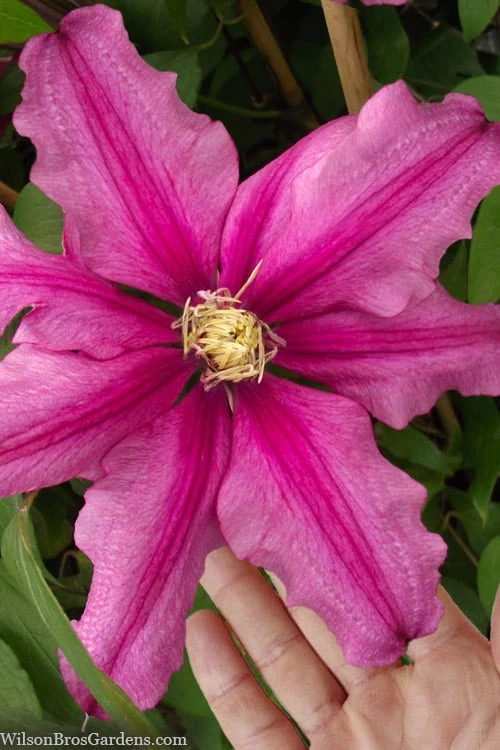


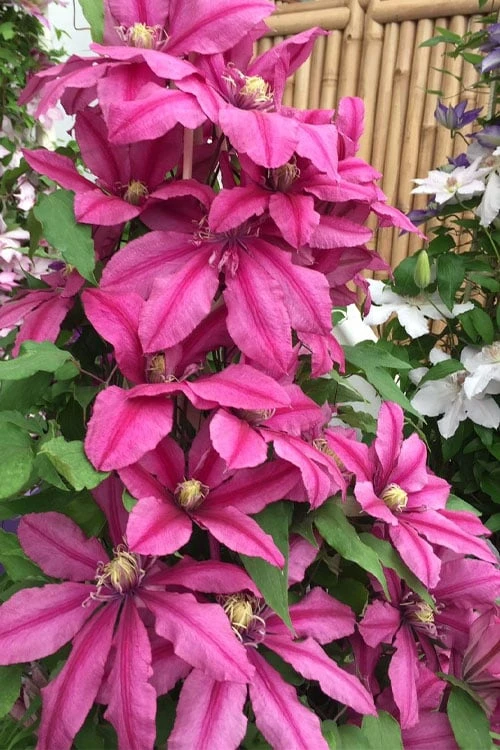
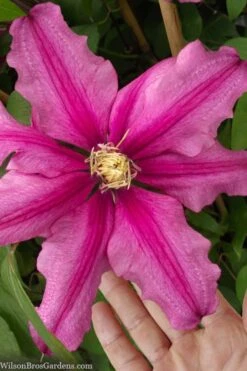
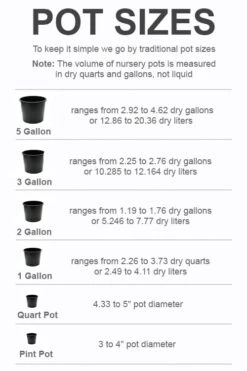

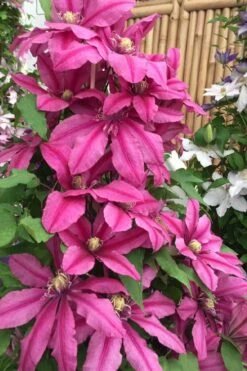
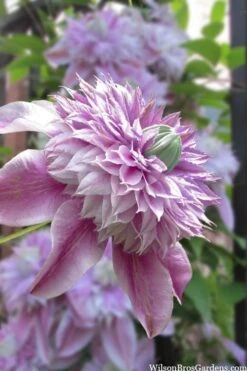


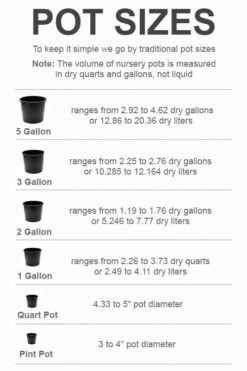
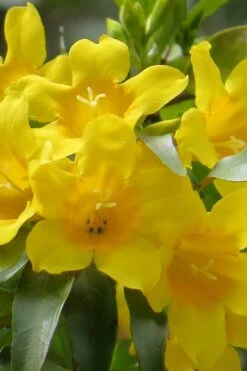
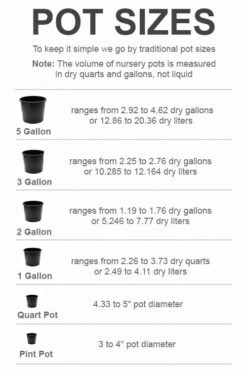
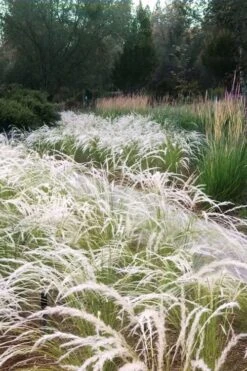
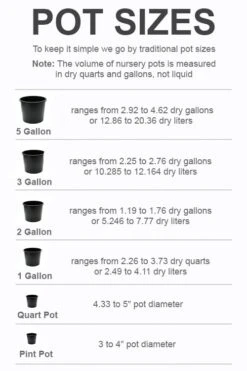

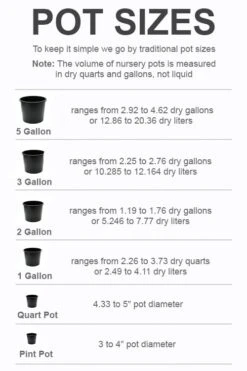

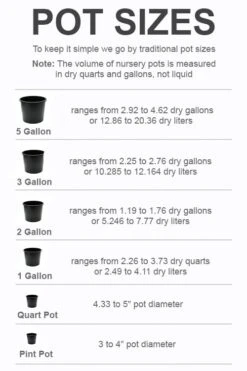



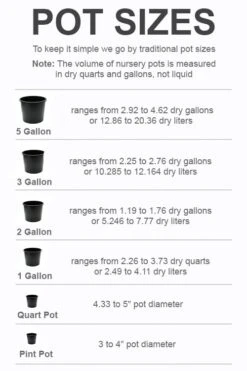
Reviews
There are no reviews yet.